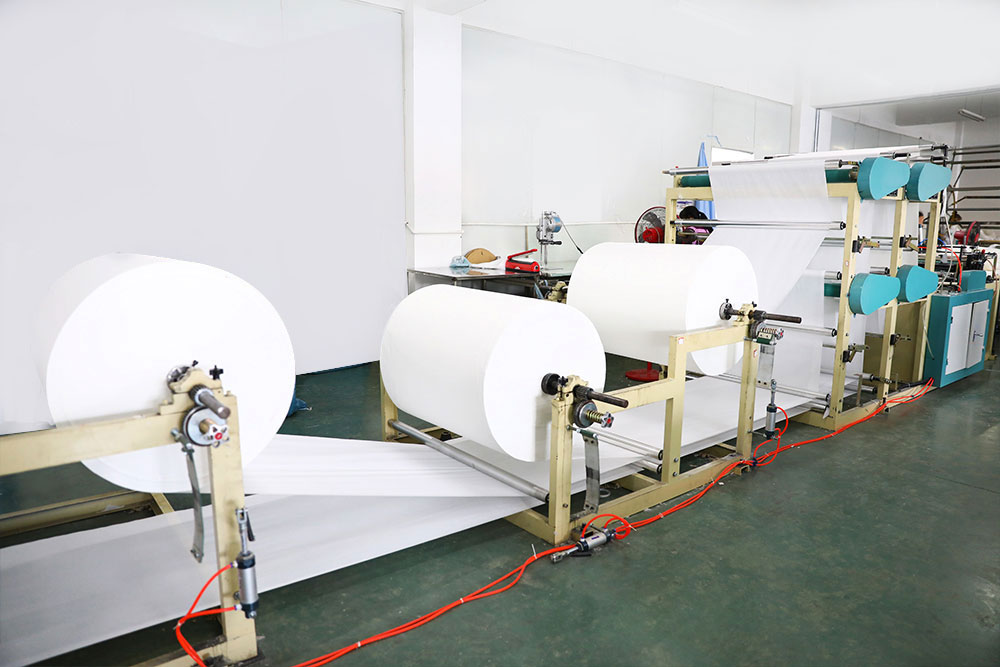+86 15967302471
zenazhang@shijie-nonwovens.com
Mon-Fri:8am-6pm
+86 15967302471
zenazhang@shijie-nonwovens.com
Mon-Fri:8am-6pm
Non-woven fabric, also known as non-woven fabric, is co […]
Non-woven fabric, also known as non-woven fabric, is composed of directional or random fibers. It is a new generation of environmentally friendly materials. It is moisture-proof, breathable, flexible, light, non-combustible, easy to decompose, non-toxic and non-irritating, rich in color, and price Low-cost, recyclable and other characteristics. For example, polypropylene (PP material) pellets are mostly used as raw materials, which are produced by continuous one-step method of high-temperature melting, spinning, laying, and hot-pressing. It is called cloth because of its appearance and certain properties.

We have been talking about the use of non-woven fabrics, about its scope of use, etc., but we are talking about one aspect, that is, the greenhouse non-woven fabrics used in greenhouse insulation and related maintenance The use of these types of projects in these areas seems to prove that there are no problems or drawbacks. Then, does it mean that there are no problems with non-woven fabrics? In fact, what problems will occur in the production of non-woven fabrics?
In the use of non-woven fabrics in the textile industry, in the spinning process of textiles, cooling air needs to be evenly cooled. In this process, non-woven products need to be used for air extraction; before, we have uniformly The issue of sex has never been discussed, and it will not be used in terms of heat preservation, but in this cooling process, its uniformity is indeed very important. If the product does not reach the uniformity standard, then it will cause serious The phenomenon of silk doubling affects normal production and causes economic losses.
Uniformity is not a requirement for non-woven fabrics in every industry. However, as the use of non-woven fabrics becomes more and more widely used, the corresponding standards are getting stronger and stronger. The uniformity standard also needs to be used in greenhouse insulation, and it will be inevitable in the future.
Maintenance of non-woven fabrics: The following points should be paid attention to in the maintenance and storage of non-woven fabrics:
1. Keep clean, change and wash frequently to prevent moths from breeding.
2. When storing in the season, it must be washed, ironed, dried, sealed in a plastic bag, and placed flat in the closet. Pay attention to shading to prevent fading. It should be ventilated frequently, dust and damp, and not exposed to the sun. Put anti-mildew and anti-moth tablets in the closet to prevent the cashmere products from being damp and moldy.
3. The lining of the matching outerwear should be smooth when worn inside, and hard objects such as pens, key cases, mobile phones, etc. should not be placed in the pockets to avoid local friction and pilling. Minimize friction with hard objects (such as sofa backs, armrests, tabletops) and hooks when wearing them outside. It is not easy to wear it for too long. It must be stopped or changed for about 5 days to restore the elasticity of the clothes to avoid fiber fatigue and damage.
4. If there is pilling, do not pull it forcibly. Use scissors to cut off the pompom to avoid being unable to repair due to the thread being off.
contact us
product penter
Mobile terminal
